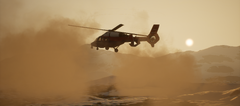- 3 replies
- 1,857 views
- Add Reply
- 5 replies
- 4,467 views
- Add Reply
- 1 reply
- 3,267 views
- Add Reply
- 0 replies
- 2,602 views
- Add Reply
- 4 replies
- 14,507 views
- Add Reply
- 4 replies
- 2,418 views
- Add Reply
Barbara Bush age 92

By Erik,
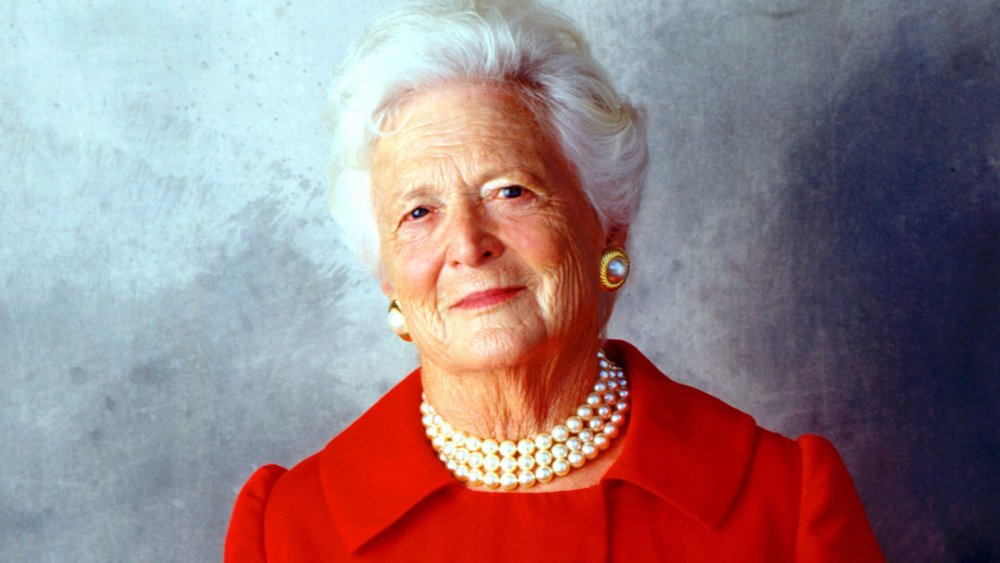

The loss of a national treasure and matriarch of the Republican Party departed her great life yesterday as a nation mourns her passing. 21 Gun S!
A brief look at DCS World v2.5

By MigBuster,
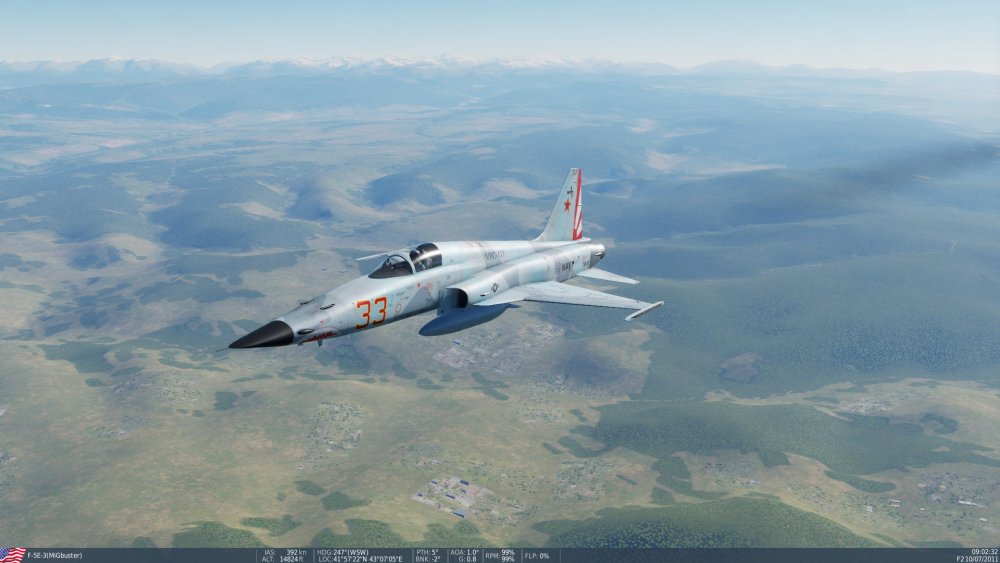

DCS World 2.5 recently came out of Beta and was released fully to the public. Primarily this means that there is again only one DCS version in development and 2.5 replaces 1.5 as the major branch for players, hopefully simplifying things a bit. The old 1.5 version will still be available for now but will not be developed further I understand.
If you were not aware DCS has been going through a transition period where the old 1.5 game engine was being used alongside several Beta
Persian Gulf Map for DCS World

By MigBuster,


Pre-Purchase Persian Gulf Map for DCS World!
Pre-Purchase the Persian Gulf Map now for $39.99 and save 20%! The price will increase to $49.99 at the end of May 2018.
The Persian Gulf Map for DCS World focuses on the Strait of Hormuz, which is the strategic choke point between the oil-rich Persian Gulf and the rest of the world. Flanked by I
IL-2: Battle of Kuban In-Depth Review at "Stormbirds"

By 76.IAP-Blackbird,


Hello guys,
after the release of 3.001 of Il2 Series, there is a good in depth review at Stormbirds. For all who is interested in an up to date and very detailed WW2 sim, should read it and maybe, try it out.
I hope you guys enjoy the reading and if you have any comments or questions, just post them below. I will read them all.
https://stormbirds.blog/2018/04/11/il-2-battle-of-kuban-in-depth-review/
Have fun and have a nice weekend
The F-4 Phantom and the Gun: Part 2

By MigBuster,
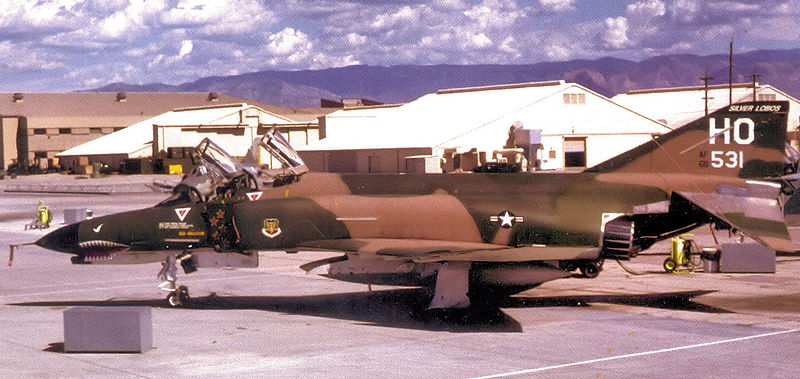

Never in the field of Human conflict have so many hampered, limited and controlled so few as in the air campaign in North Vietnam. (Churchill + HW Baldwin)
Note - These articles are a compacted summary of a rather large topic and cannot include every detail.
The Muppet Show that was Lyndon B Johnson, Robert McNamara, and friends demonstrating how they didn’t have a clue when running Rolling Thunder from the White House was certainly almost criminal if not treasonous. However, th
Il2 DD Update Dev Blog 191

By 76.IAP-Blackbird,
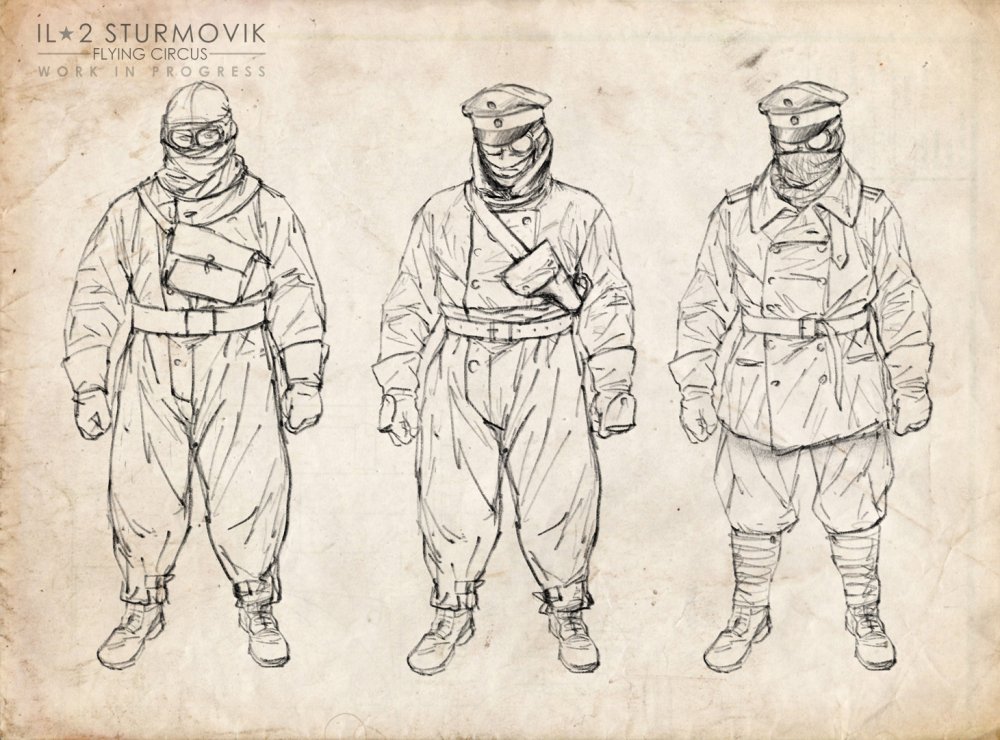

Hello everybody,
After releasing 3.001 update and going wild with the celebration - having 5 work days in a week instead of 7 - we continue the further development.
Thankfully, 3.001 release went ok and didn't require any urgent critical hotfixes, which is strange for such fundamental changes, to be honest. Anyway, at this moment we already have around 40 changes and enhancements we plan to release in the next 3-4 weeks. Graphics, Career, AI, multiplayer and some other






